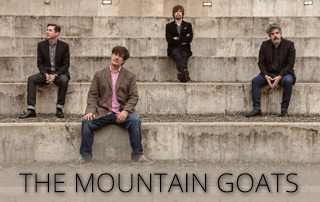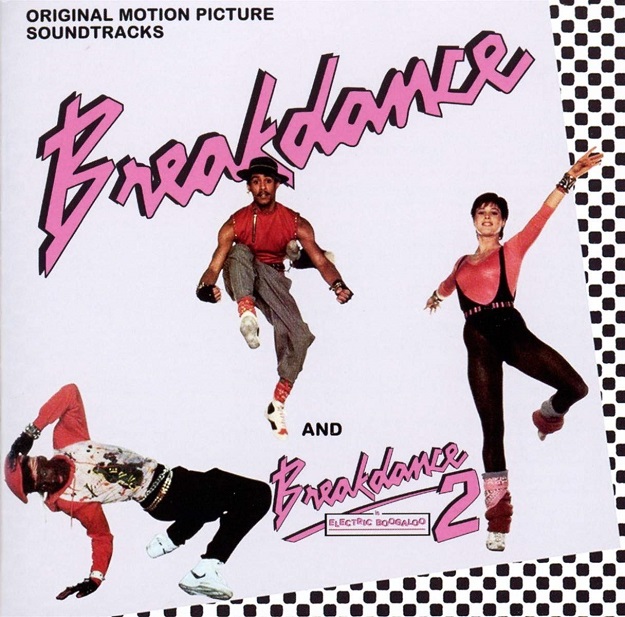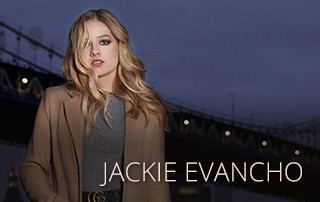Keep on truckin’,
Stephen SPAZ Schnee
(Merge Records)


The definition of a solo singer/songwriter has gone through many transformations throughout the years. Typically, one might think of a singer/songwriter as a lone troubadour/trobairitz armed with nothing more than an acoustic guitar and a catalog of sensitive, self-penned Folk-influenced songs that he/she is eager to share with their audience. From Woody Guthrie to Bob Dylan and Joan Baez, singer/songwriters were proof that you could converse with your audience through music and teach them something in the process. As music has evolved, we have come to realize that a singer/songwriter cannot be defined by a genre… or an instrument. Thanks to social media, singer/songwriters can reach well beyond their local coffeehouse. From South Korea to North Carolina, anyone with a computer or smart phone can have instant access to musical messages that just might change their lives forever.

Nobody expected the 1983 motion picture BREAKIN’ to be a hit. At the time, breakdancing was quickly becoming a worldwide craze, rising from the urban neighborhoods and spilling into white-bread suburbia. Since Hollywood always loves to capitalize on current trends, TV commercials suddenly incorporated breakdancing and movies like BREAKIN’ and BEAT STREET (amongst others) were quickly put into production. BREAKIN’ was first out of the gate. The film was a commercial – and financial -success and was followed a year later by BREAKIN’ 2: ELECTRIC BOOGALOO. Highly entertaining some 35 years later, both films were light on plot and acting ability but heavy on music and fun. Regardless of how lightweight the films were, the soundtracks served up a healthy selection of R&B, Soul, and Funk music that was surprisingly light on the more dangerous sounds of Rap/Hip Hop. Regardless, the music introduced young movie goers to a sound and culture that they may not have experienced otherwise. The BREAKIN’ films were like extended versions of Michael Jackson’s “Beat It” video – every problem can be solved by a dance-off! And what is wrong with that?

Being a ‘child star’ is a blessing and a curse. Initially, the ‘blessing’ offers the young performer early stardom and adulation. However, the ‘curse’ revolves around the child star growing older and losing their innocent charm. Sadly, the pressures of maintaining your popularity AND experiencing the trials and tribulations of your teenage years and young adulthood is a very difficult task. Some child stars cannot handle the pressure and spend a good portion of their lives drowning in a sea of drugs and alcohol. Thankfully, there are exceptions to the rule and some of those ‘former child stars’ manage to grow older gracefully while staying out of the tabloids. Some of them leave the business while others turn their attention to other aspects of entertainment (directing, writing, etc.). And then there’s Jackie Evancho. Not only has she survived child stardom, she has succeeded beyond all imagination.

When tracing the history of American music, Bluegrass is still a relatively young genre. Hollywood may have added a decade onto Bluegrass’ age by using it as the soundtrack to Bonnie & Clyde’s exploits in the 1967 film, but the truth is that the genre didn’t exist until long after the duo’s 1934 death. While variations of the sound most likely developed a few years before it became mainstream, Bluegrass became a phenomenon in the mid-‘40s and is one of the few styles of music that has continued to progress while also remaining true to its roots – the more things change, the more they stay the same. Even though modern Country Music bears little to no resemblance to the Country & Western of the ‘40s, Bluegrass is still Bluegrass – honest and pure.